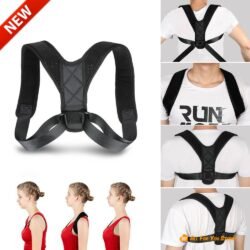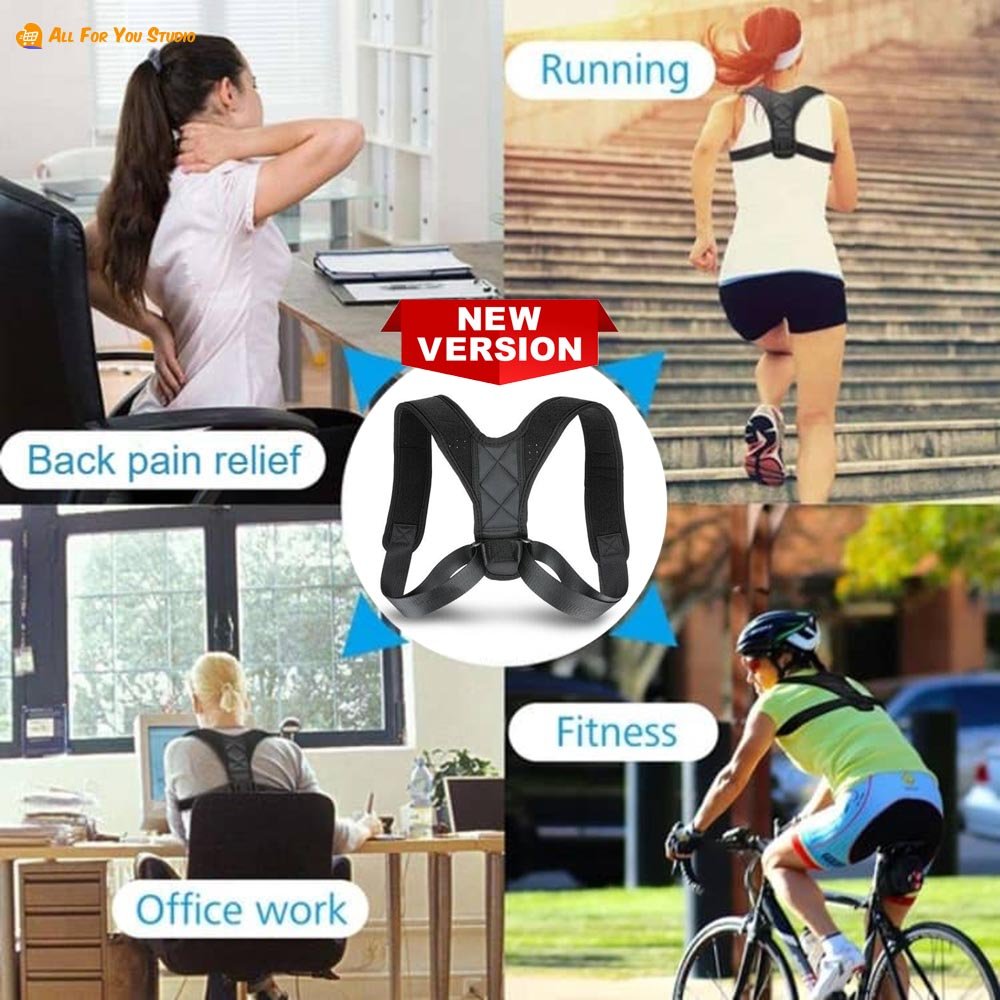
Due to the lifestyle change in the digital world, we sit long hours hunched over computers and smartphones.
As a result, in poor posture, it can cause us a back pain, neck strain, and even headaches. Posture correctors have been developed to assist in this matter, but do they really work?
Many users are considering the use of posture correctors and need to know more about this medical device.
Facts like the science of posture correctors, their benefits, and potential drawbacks can provide consumers with an insight.

Understanding Posture and Its Importance
Good posture is more than just standing up straight.
It involves the correctly positioned spine, shoulders, and hips, ensuring the body’s weight is distributed evenly.
It helps to prevent the strain of muscles and ligaments on the skeletal structure and joints. Postural balance plays an important role in the prevention of chronic pain and other conditions.
Poor posture, in turn, can create a series of problems.
When you sit or stand in a position that is not correct for an extended period of time, your muscles begin to weaken and become fatigued. Slouching can also be a detriment to your breathing and digestion, even affecting mood. Such reasons may explain shortly why people use posture correctors.
What are Posture Correctors?
Posture correctors are made to assist the back, shoulder, and neck leading to a better posture. They are of different designs and are presented below:
- Back braces: provide support to the lower and upper back and help to keep the spine aligned.
- Shoulder straps: ping the shoulder back to prevent slouching.
- Electronic Devices: These small gadgets offer a vibration on the skin or clothing to warn the person that they have to sit up.
Each of these posture correctors is crafted to relieve muscle strain and alignment, but some can be more effective than others are.
How Do Posture Correctors Work?
Posture correctors work by providing external support to the muscles and joints involved in good posture.
In this way, they can help reduce muscle fatigue by supporting the back and shoulders and alignment by encouraging the spine to align with the shoulders to reduce the risk of developing chronic pain conditions.
In addition, many posture correctors, especially electrical devices, send a reminder to users to maintain good posture, which helps inculcate long-term habits when they reinforce the behavior of wearing and using them.
However, they are not a permanent solution.
The goal is to improve the strength of the muscles that support good posture to the point where they can maintain it without external help.
Do Posture Correctors Really Work?
While the effectiveness of posture correctors may vary, the type of device you’re using, user, and the cause of poor posture may determine the results.
Short-term benefits
Some users report an immediate improvement in the posture and pain reduction associated with wearing a posture corrector.
This is because the device provides external support and enforces the correct alignment. Long-term effects
However, using a posture corrector for a longer duration while performing back, neck, and shoulder muscle strengthening exercises will provide better ideal benefits.
Relying on a posture corrector without addressing muscle weakness or imbalances is unlikely to be sustained.
Commitment to use
Wearing the corrector for short periods, allowing the body to adjust to stimuli over time is key. Make sure to slowly increase the time you wear the posture corrector.
There have been several studies conducted on the effectiveness of posture correctors, and their results are mixed.
Some argue for their usefulness, especially for individuals with minor to moderate postural problems.
Other studies claim that although posture correctors can alleviate, to some extent, the symptoms of poor posture they shouldn’t become the main or only vehicle on one’s way to good posture.
There are several drawbacks to using posture correctors that mean they cannot be relied on solely to improve posture:
Posture correctors have their drawbacks as well.
These include:
- Dependence. When a wearer feels some relief wearing a posture corrector, the instrumental is weakened in the long run. The muscles may “forget” some activity because they are supported by an external device.
- Discomfort. Some people may feel a posture corrector being uncomfortable, especially if the use is prolonged or the device doesn’t fit as intended.
- False sense of security. A posture corrector can create an illusion that one is fine without constant maintenance, which is untrue. To use posture correctors more effectively, people should:
- Choose a good fit. A posture corrector should fit well without causing discomfort.
- Start slow. Patients should check the amount of time they can wear a posture corrector and condition themselves to increase it further.
- Combine with exercise. Patients have more success in correcting their posture if they engage in physical exercises. Regular training will make one’s muscles better at supporting one’s spine and shoulders.
- Be aware. While a wearer doesn’t wear the corrector, they should try to keep the correct posture.
Conclusion
Posture correctors may be a decent approach to help improve one’s posture and alleviate the discomfort caused by poor posture.
They are temporary and do not offer long-term solutions but can be beneficial in raising awareness of proper posture.
However, in the long run, it’s essential to tackle the root causes of poor posture, such as exercise and ergonomic practices to make lasting changes.
In the end, a posture corrector is essentially as effective as the larger context in which it is utilized.
![Grand Sale Windows and MS Office -20% with code: MS20 [BUY NOW] Grand Sale Windows and MS Office -20% with code: MS20 [BUY NOW]](https://affiliate.kinguin.net/accounts/default1/m0x0b41/cc03a3b3.jpg)

